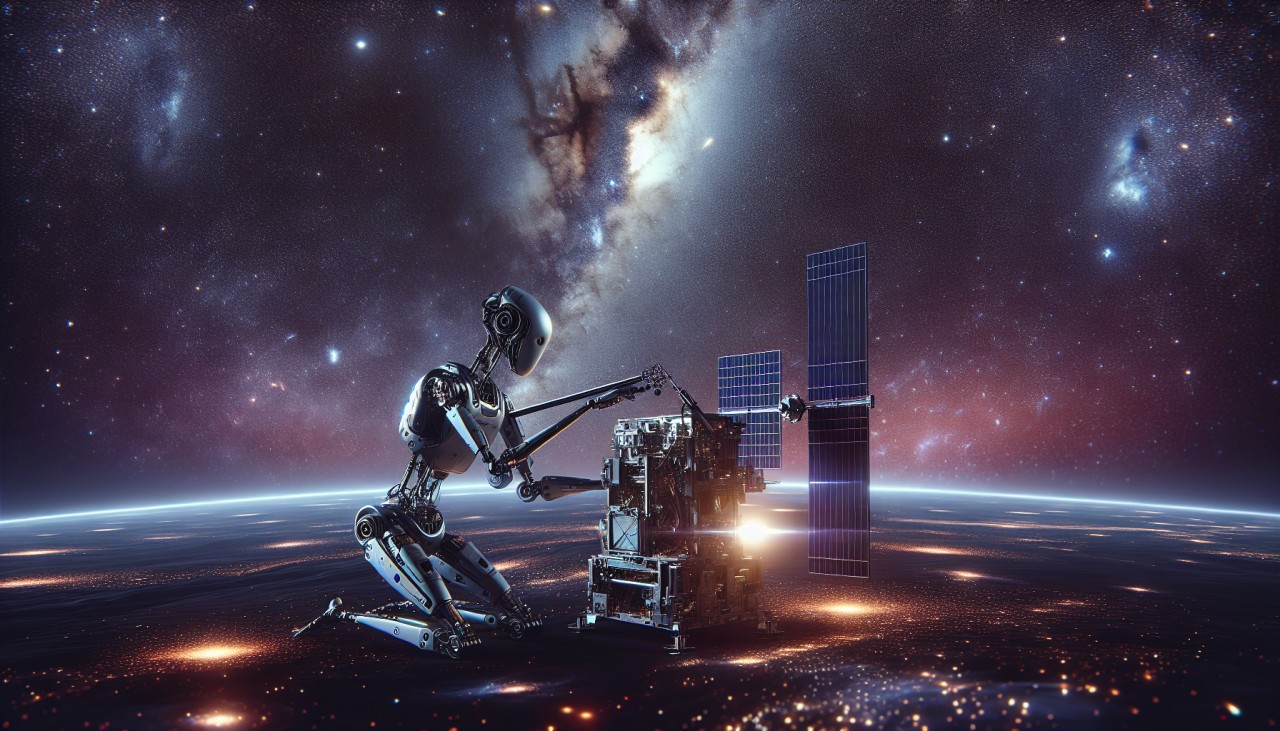


Autonomous space robotics are transforming the landscape of space exploration by taking on intricate tasks that were once solely within human capability. These robots are designed to operate independently, utilizing advanced artificial intelligence and machine learning algorithms to adapt to the unpredictable conditions of space. For instance, NASA's Astrobee robots aboard the International Space Station (ISS) have been instrumental in conducting routine operations such as inventory management and experiment documentation. Their ability to navigate the microgravity environment and perform tasks autonomously has significantly reduced the workload on astronauts, allowing them to focus on more critical mission objectives. This shift not only enhances mission efficiency but also ensures the safety of crew members by delegating hazardous or repetitive tasks to robotic systems.
The development of autonomous space robotics is also paving the way for more ambitious missions, including on-orbit assembly and in-situ resource utilization. Recent studies have demonstrated the potential of these robots to autonomously assemble structures in space, a capability that is crucial for building large-scale space infrastructure. By leveraging procedural generation and deep reinforcement learning, researchers have trained robots to perform complex assembly tasks with high precision. Additionally, collaborative robotics and astronaut-robot interactions are being explored to enable efficient utilization of extraterrestrial resources. These advancements suggest a future where robots and humans work in tandem to establish sustainable human presence on other planets, marking a significant milestone in our quest to explore and inhabit the cosmos.